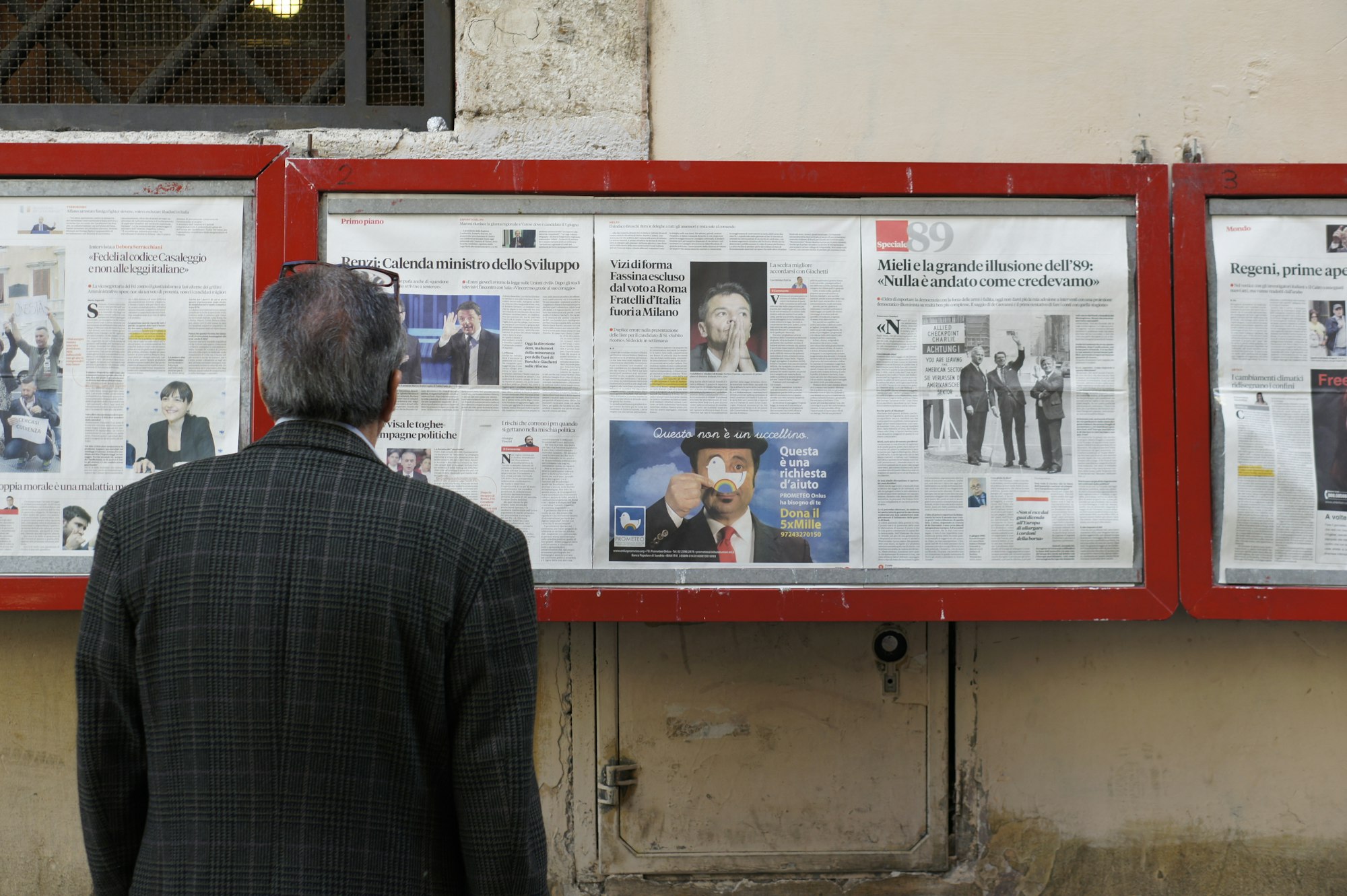The Secret To Getting Really Good Press


Picture is from this article on the cover of The Wall Street Journal's Marketplace section in 2004. Also see my more recent blog post with a video demonstrating how I find names & compose specific emails that work to get reporters' interest
In this post I'll spill the beans and tell you how I get really good press in outlets like TechCrunch, Mashable, CNET, CNN, CNBC, CSPAN, ABC, the WSJ (cover of Marketplace 7/04), Forbes, TechMeme, FastCompany, BBC, and literally hundreds of other publications.
Nothing I'm going to say here is so revolutionary that others couldn't figure it out yourself, but somehow I've figured out the details to make my formula work, and the magic really is in the details.
First off, let's think about what a reporter's daily life is like. Most reporters, from what they tell me, get several hundred emails a day. Many of those emails are from PR people spinning their latest client. So already it's hard to get their attention. And if you're just another one of those PR people, forget about it.
Key Tip: To get through the clutter, I rely on a basic fact of human nature: People love to read about themselves. More about that later.
Before we get to that, let's plan our attack. You have to figure out what you want the reporters to write about. Let's say, for example, that you have a robotics company and you want to get press for a new robot you've developed. The first thing I would do is find reporters who are already writing stories about robots. One place to search is Google News. I searched the term 'robotics' here. As you can see, many of the stories are press releases, but there are a few reporters who've written on the topic. One of the reporters was Cindy Skalsky, who wrote this story. This is great - here's a reporter who is already writing a story about robots. This reporter is much more likely than the average reporter to write a story about your robots.
The next step is to find her contact info. If I google Cindy's name, I get a result showing that her email is "cindy.skalsky@svherald.com". OK great, now I can email her. Let's go back to what I was writing about at the beginning of this post - that reporters love to read about themselves. So, when I email Cindy, I would put, in the subject line, something that references her story that she wrote. Something like:
"Cindy - Loved your article on Buena's robot makers + story idea"
And then I would write her a one or two sentence email with my pitch. This part is important. Do NOT put an entire press release or 10 paragraphs in this email! Ask yourself - when you get a long email, do you usually read it right away, or do you save it for later? Most of us, I would argue, would let it sit in their inbox saying to themselves, "I"ll read this later" and then maybe it gets looked at months later when you're cleaning out your inbox. So, keep in mind that the purpose of this email is not to convince the reporter to do the story, but rather to convince the reporter to respond to you, so you can start a conversation with them.
I've found that if I send 10 of these emails out, I'll get an initial response from a reporter about 40% to 60% of the time (which is an amazing response rate). Out of those 4 to 6 people who respond, maybe 1 to 2 will turn into an immediate story idea, and a majority of the others will turn into eventual stories. This was the exact approach I took to get a featured article in the Wall Street Journal, on the cover of the Marketplace section, and the reporter and I still correspond to this day.
The main point here is to target reporters that already care about what you have to say. Don't blindly send out press releases to buckets of reporters. Take the time to do some research and cultivate relationships with reporters who will take an interest in you.
Also, regarding press releases: I'd suggest you write one up, and you can put it on the PR wires if you want. But just as useful is to write it up and have it ready for a reporter who takes an interest in what you have to say. I would *not* put the press release in the initial email, but if a reporter writes back and expresses interest, at that point you can send it over to them.
Many reporters will also want a local angle on your story. For example, this reporter from AZ probably won't want to write about your robot unless there's something interesting happening in AZ. But this is easy to handle; just find a local story angle when a reporter expresses interest. Maybe there's a robotics club in AZ that you can go demo your robot to, and have the reporter attend, etc.
Also, don't discount the value of local press. Local press is very key. By getting small, local papers to write about what you're up to, you give the big news outlets a reason to listen to you, and when you get a "big fish" interested in you, you can forward them the stories that the local news outlets have written. Many big organizations scour local news sources for good stories, so you might get some hits there too.